#princess mina
Explore tagged Tumblr posts
Text

13 notes
·
View notes
Text

20230324 Happy Mina Day ! ♥
© PrincessMina | Do not edit.
9 notes
·
View notes
Text

20230711 Airport @ Incheon
© PrincessMina | Do not edit
11 notes
·
View notes
Note
can you show us all your link designs you have? Like for each game? (Only if you want to of course) if not, I wanted to ask if you would ever do a Links meet type of au with your link designs? Just curious 👀

Here’s most of the links I have so far! Their designs aren’t incredibly unique or anything, but I I like adding my own spin on pre/post game designs.
Will I ever do a links meet au? Probably not lol. I mean in little scenarios, maybe, but I could never do a full fledged comic or anything. All the works I’ve seen from other artists are so so good but I can never have that kind of commitment so I commend them “OTL Plus my designs aren’t very timeline accurate soooo ^^’
#comic artist are so high on the artist totem pole it’s crazy#I’ve only done a few comics on here and I wanted to implode during the entire drawing process#then there’s artists like ezdot who do such a good job with strip composition#or mina with such good characterization#I bow down to them bc I am one lazy bitch 🛐🛐🛐#ough now I gotta tag all this#the legend of zelda#legend of zelda#tloz#loz#twilight princess#ocarina of time#skyward sword#oracle of seasons#oracle of ages#tears of the kingdom#breath of the wild#wind waker#minish cap#my art#peachie asks
2K notes
·
View notes
Text
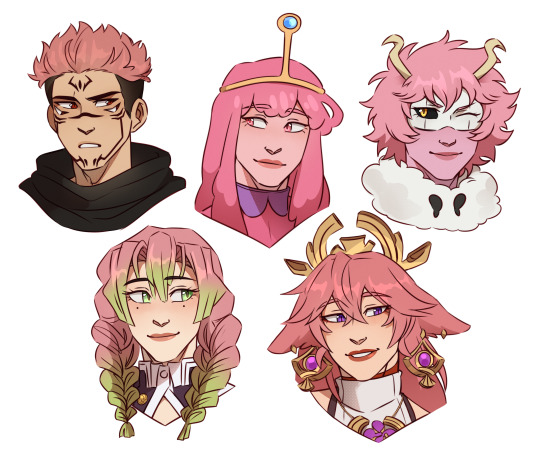
Pink!
#sukuna#jujutsu kaisen#princess bubblegum#adventure time#mina ashido#boku no hero acedamia#mitsuri kanroji#demon slayer#genshin impact#yae miko
1K notes
·
View notes
Text
How Mina Murray Became Dracula's Girlfriend
youtube
And in honor of hearing from Mina today, enjoy this awesome video essay! Because seeing people talk about how much the adaptations ruined the story is my bread and butter!
425 notes
·
View notes
Text







‧ ₊˚ ⋅ ♡ ‧ you got me, I got you, we got it for life ˚ ᡣ𐭩ྀིྀི ₊ ⊹



#yuqi-luv#divider by anitalenia#mina#twice#mina twice#twice you get me#kpop#kpop moodboard#mina moodboard#twice moodboard#gg icons#twice icons#mina icons#white moodboard#yellow moodboard#orange moodboard#beige moodboard#creme moodboard#cream moodboard#brown moodboard#black moodboard#pretty moodboard#elegant moodboard#royal moodboard#royalty core moodboard#royalty moodboard#princess moodboard#200 notes
248 notes
·
View notes
Text
A Deep Dive Into Disney’s Most Underperforming Princess

Princess Aurora can’t even be described as controversial. To most, she’s simply boring, too passive, and a continuation of the bland cycle of white princesses who wait around for magic or a prince to save them. Although no one hates her, they find her irritating at the worst, uninteresting at best. In the fifties, they must have thought the same thing. Sleeping Beauty was a commercial failure, and led to company wide annual loss. Sleeping Beauty had followed several other financial flops, such as Bambi and Alice in Wonderland, the latter costing Disney around half a million dollars. Due to her lack of popularity, Aurora may be one of the most neglected Princesses. Many cling to her out of nostalgia, or because she has a nice design, and they find it hard to defend their love for the movie. But the movie’s turbulent history and the amount of detail that went into Aurora herself is what really makes her so incredibly fascinating.
Starting with her design, Disney hired Marc Davis as the supervising animator for Aurora. He also animated Maleficent. The intention was for them to be realistic enough to be placed against the heavily detailed backgrounds of the movie. Davis had embraced this artistic direction, while many of the animators found it, and especially Aurora, laborious and tiring to work on. Both Maleficent and Aurora had to be refined and dynamic. Davis was Disney’s go-to animator for ‘pretty girls’, examples being Tinkerbell and Alice. His knowledge of anatomy and the human body brought both Aurora and Cinderella to life, two of Disney’s most visually iconic characters. Davis had also incorporated Art Nouveau and Art Deco into Aurora’s design, while the tapestry-like art style of the movie was chosen by Eyvind Earle, who was inspired by pre-Renaissance European art. The score and songs were based on Tchaikovsky’s ballet.
Aurora alone required more effort and attention to detail than any princess before her. It took Walt Disney and his team three years to choose a voice actress. They nearly scrapped the project until they discovered Mary Costa, but Disney himself avoided interacting with her in person early on in the project, fearing that she’d influence his vision of the movie.
Aurora was loosely based on her voice actress. Her appearance and her habits (such as gesturing when speaking and singing) were both incorporated into Aurora’s animation. She was also drawn to resemble both her live action model, the same one as Cinderella’s, Helene Stanley, and actress Audrey Hepburn. Davis took inspiration from Audrey Hepburn’s slender physique and elegant demeanour.
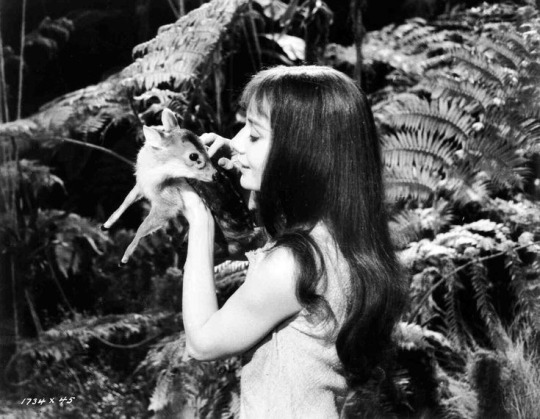
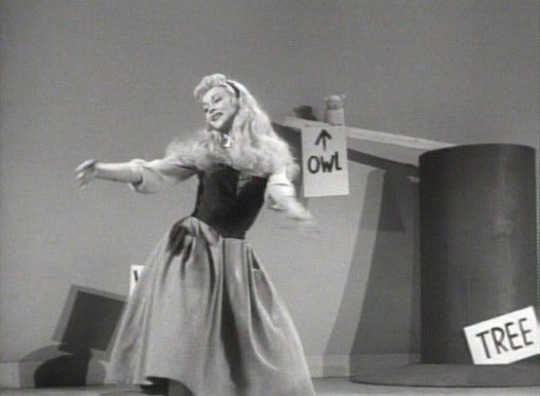
In the book Multiculturalism and the Mouse: Race and Sex in Disney Entertainment, author Douglas Brode referred to Aurora as “a model of modern (50’s) female glamour” and compared her to Brigitte Bardot. He also compared her gown to the work of Christian Dior.

As a character, she was described by Nerve as being “the apex of women who made no choices for themselves.” Aurora is a member of the “Golden Era” of Disney heroines, the original Princess trifecta. Her dreams are the same as those before her. But it’s possible that Aurora’s dreams of true love derived from the need for companionship outside of her three fairy godmothers.
On their website, Disney describes her as, “graceful and kind. She knows that a wonderful future awaits, if you just have the courage to dream it. Aurora enjoys using her imagination and sharing stories with her forest friends. She is also loyal in her relationships -- to her animal friends, her fairies, and her kingdom. Aurora believes in a wish and remains hopeful that she will find the adventure she is looking for.”
Walt Disney himself described Aurora as being “a very layered character/different. She’s calm, yet playful. She has a sense of humour, and she has an imagination.” We can not argue that she was considered layered through the lens of the fifties, because many critics disliked all three of the original princesses for their passive personality, or lack thereof. But from the perspective of the team working on the show, they saw much more to her.
This was the film that Walt Disney worked his hardest on, it took ten years to complete. It was also the very last Princess film he was involved in. Her ‘layers’ were very much intentional. Disney tried to do the same thing with Cinderella.
With Cinderella, they attempted to make her less passive than Snow White, and they showed this through her rebelling against her abusive stepfamily. Maurice Rapf said, "My thinking was you can't have somebody who comes in and changes everything for you. It can't be delivered for you on a platter. You've got to earn it. So in my version, the Fairy Godmother said, 'It's okay till midnight but from then on it's up to you.' I made her earn it, and what she had to do to achieve it was to rebel against her stepmother and stepsisters, to stop being a slave in her own home. So I had a scene where they're ordering her around and she throws the stuff back at them. She revolts, so they lock her up in the attic. I don't think anyone took (my idea) very seriously."
The toned down version of Cinderella, although rebellious in her own way, is still toned down. That part of her character was written out. In comparison to what she would have been, she is passive. Aurora and Cinderella are both less passive than their predecessors, but passive nonetheless. All three of them are the staple damsels in distress.
However, Mary Costa described Aurora as “very strong”, citing her urge to defy her guardians as a display of independence and an example of her strength. Aurora was raised by three women, and had never met a man in her life. Costa believed that because of this, she was ‘innately romantic’ as opposed to lonely or depressed with her sheltered life. To quote, “there was a certain part of her that maybe she didn’t realise, that was just so romantic and maybe expecting something that–she didn’t even know what.”
She believed that her being raised by three older women rather than her parents made her “a little bit older, and yet, she…had this young, outreaching spirit.” Author Douglas Brode points out that the fairies’ independent raising of Aurora mirrors “precisely that sort of women’s commune numerous feminists experimented with throughout the seventies.” Aurora living in an isolated, female-only space, with female authority, is reminiscent of the bold and liberating radical feminist movement. In her own way, as a peasant, she was independent. And that independence and autonomy was taken from her upon discovering that she was royalty and betrothed to a prince. She was leaving her home and the presumed man of her dreams behind, and not of her own free will.
Aurora had enjoyed her simple life, it had fulfilled her, even if she desired more. She had dreams of finding romantic love, which she talks about in the movie’s song ‘I Wonder’. Additionally, her close relationship with animals demonstrates her loving and kind personality. She has a whimsical imagination, and it’s scenes like the ones from Disney’s Enchanted Tales series and ‘Once Upon a Dream’, that would support Costa’s claim of her being a romantic. Where she’s changing in and out of pretty gowns with a magical wand, and giggling to herself. Or dancing happily with the forest animals, thinking about her imaginary prince. In ‘Keys to the Kingdom’, she proudly sings about wishing to make decisions with her heart.
Her independence is demonstrated on multiple occasions in Disney’s discontinued Enchanted Tales: Follow Your Dreams. Aurora graciously accepts responsibility of her kingdom while both her and Philip’s parents travel away for a business trip. All on her own, she is determined to get all of her Princess duties finished on time, the hard way. She refuses to take the easy way out, time and time again, even when she doubts herself. She works harder than even her father, who would take the easy way out by signing royal documents without reading them. Even when Meriwether gives her a magic wand to help her out, she reads and fills out every royal form diligently, and helps out all of her subjects. She manages to complete her tasks on time and throw a banquet for her family and Philip by the time they return. The lesson here is to ‘stick to it’ and to ‘persevere’. But her insistence on doing everything on her own is shown once again in A Kingdom of Kindness, where she must plan a surprise party for Philip. The three fairies attempt to help her, but she continues to tell them that she wants to do it on her own. This series was cancelled, and it is difficult to find any clips of it online. But this short-series gives us some insight into Aurora’s character.
She is assumed to be the protagonist by most, but many consider the three fairies to be the protagonists. They help move the story along, they protect Aurora, and they have distinct, in-your-face personalities. Many consider Aurora authentic, or the title character, but whether she is the protagonist or not has never been agreed upon. Her lack of role in the story has been criticized by many. But some take it as an allegory for the lack of control
The most lengthy debate surrounding Aurora has to do with how feminist her character is. She may have been an improvement from the previous princesses, but she is not regarded as a particularly feminist character.
The three original princesses, all being pale-skinned European princesses with a naive and endlessly forgiving (an unrealistic standard), sends a message to their viewers that this is what princesses should look like, how they should behave. All three classic princesses are deeply intertwined with Disney’s long history of racism and bigotry. In an attempt to amend this, Disney has released back to back live action remakes of their movies, all receiving mixed reviews. Maleficent was Sleeping Beauty’s remake, focused on a maternal relationship between Maleficent and Aurora. Many people interpreted the scene where Maleficent’s wings get cut off in her sleep as sexual assault. This inclusion made many survivors of sexual assault feel represented by the character.
From my perspective, the original Sleeping Beauty is technically a movie centred around women. A teenage girl lives with her three surrogate mothers, who end up saving her in the end from the female antagonist. Although Prince Philip’s role in the story is still a large part of what moves the plot along. It is Philip who is captured, as Maleficent knew that he would go looking for her. He courted Aurora, defeated Maleficent with the help of the three fairies, and kissed the princess awake. But he still doesn’t get as large of a role, or nearly as much screen time, as the three fairies.
In short, both the movie and the princess fascinate me. And although there is depth if you squint, a character does not need to be fleshed out to be lovable, or at least endearing. Aurora is my favourite Disney Princess, and I find the history behind her and the film to be more interesting than what meets the eye.
#disney#princess aurora#my girl!!!#sleeping beauty#show white#classic princesses#cinderella#walt disney#analysis#disney analysis#essay#feminism#mina loves disney
253 notes
·
View notes
Text
• ₊°✧︡ ˗ ˏ ˋ“forgotten kiss” ♡ ˎˊ ˗
𐚁̸ featuring .i. midoriya, k. bakugo, s. todoroki, d. kaminari, e. kirishima, h. sero
𐚁̸ scenario .you wake up late into the morning, your partner has long since been to work, leaving after giving you a faint kiss that you didn’t feel. which makes you think they forgot the one thing that’s routine for you two; a good morning kiss
𐚁̸ warnings .fluff, cursing, humor, reader is goddamn stupid
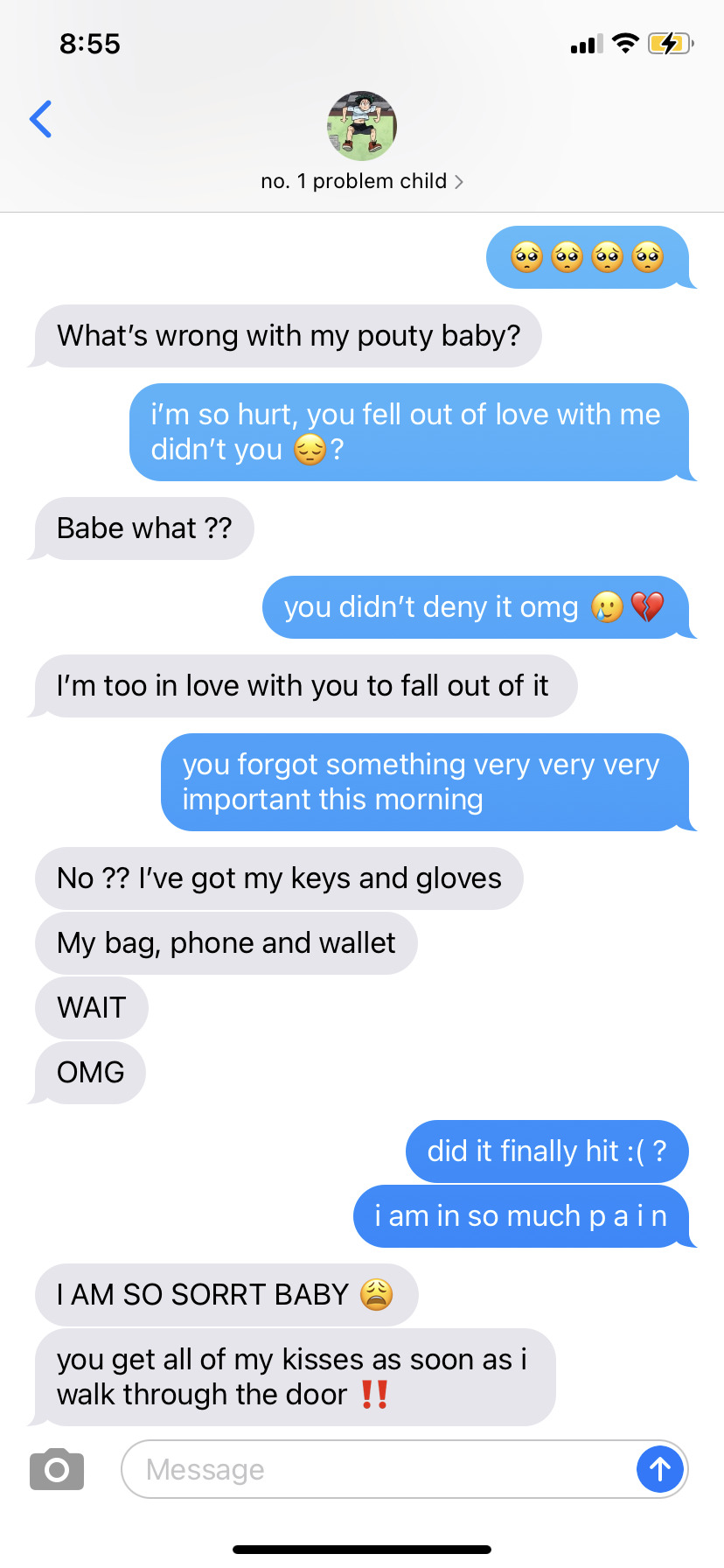

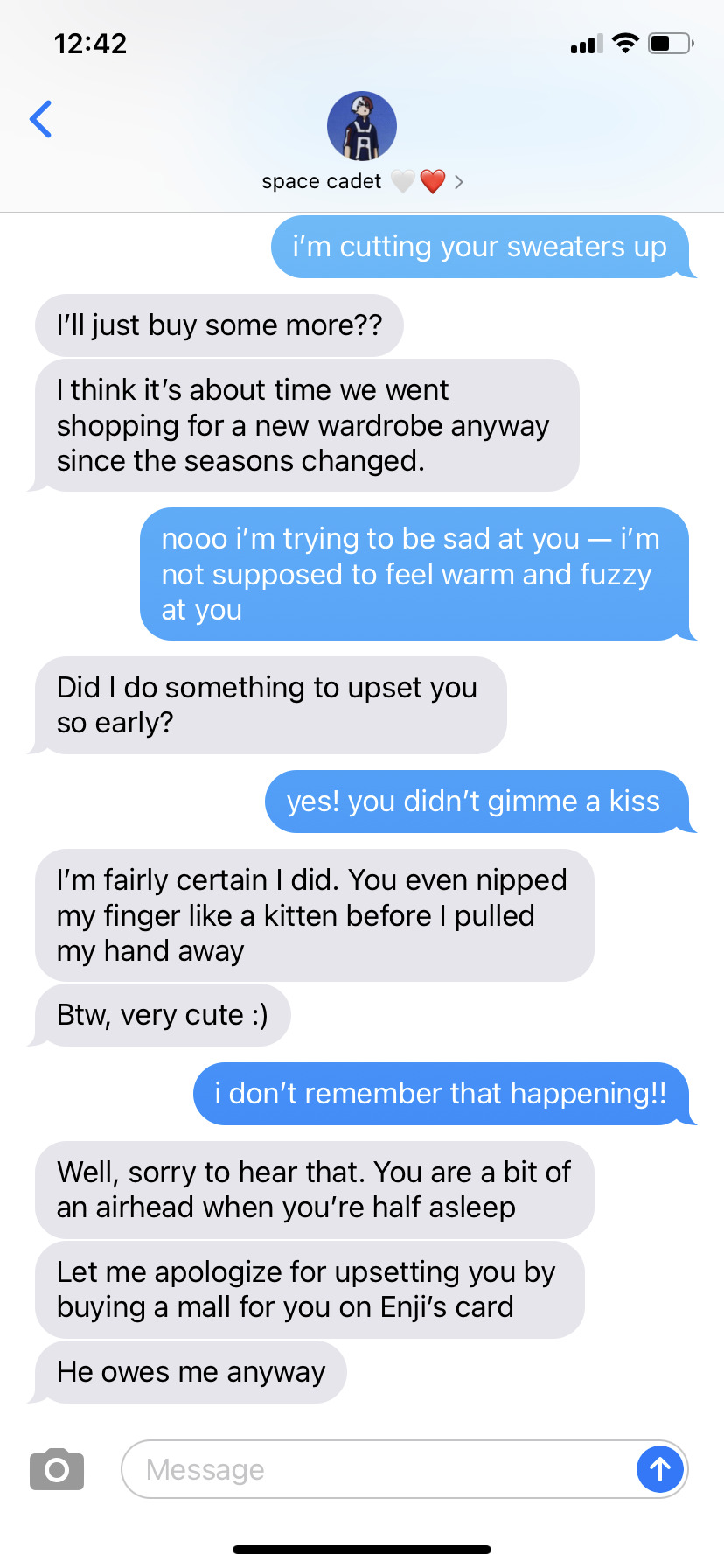

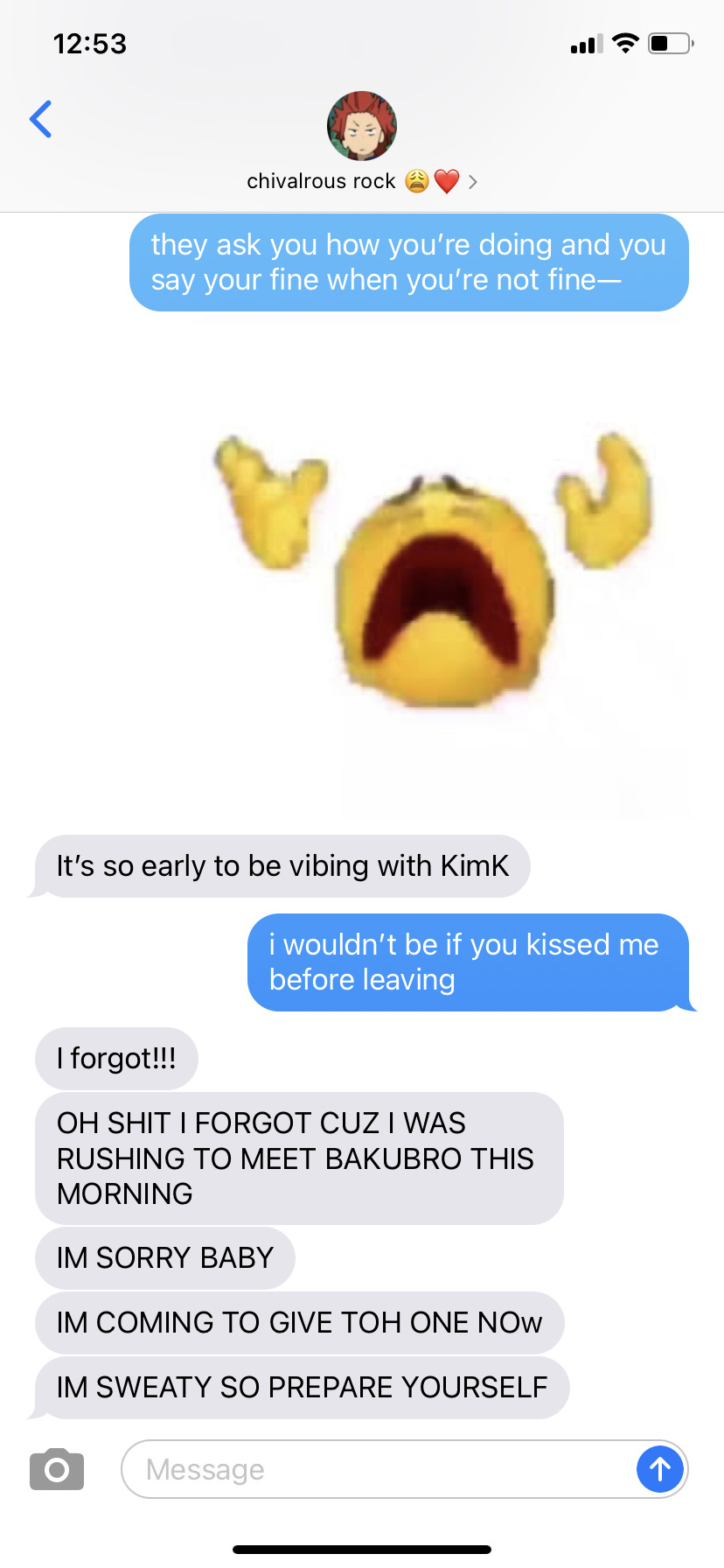
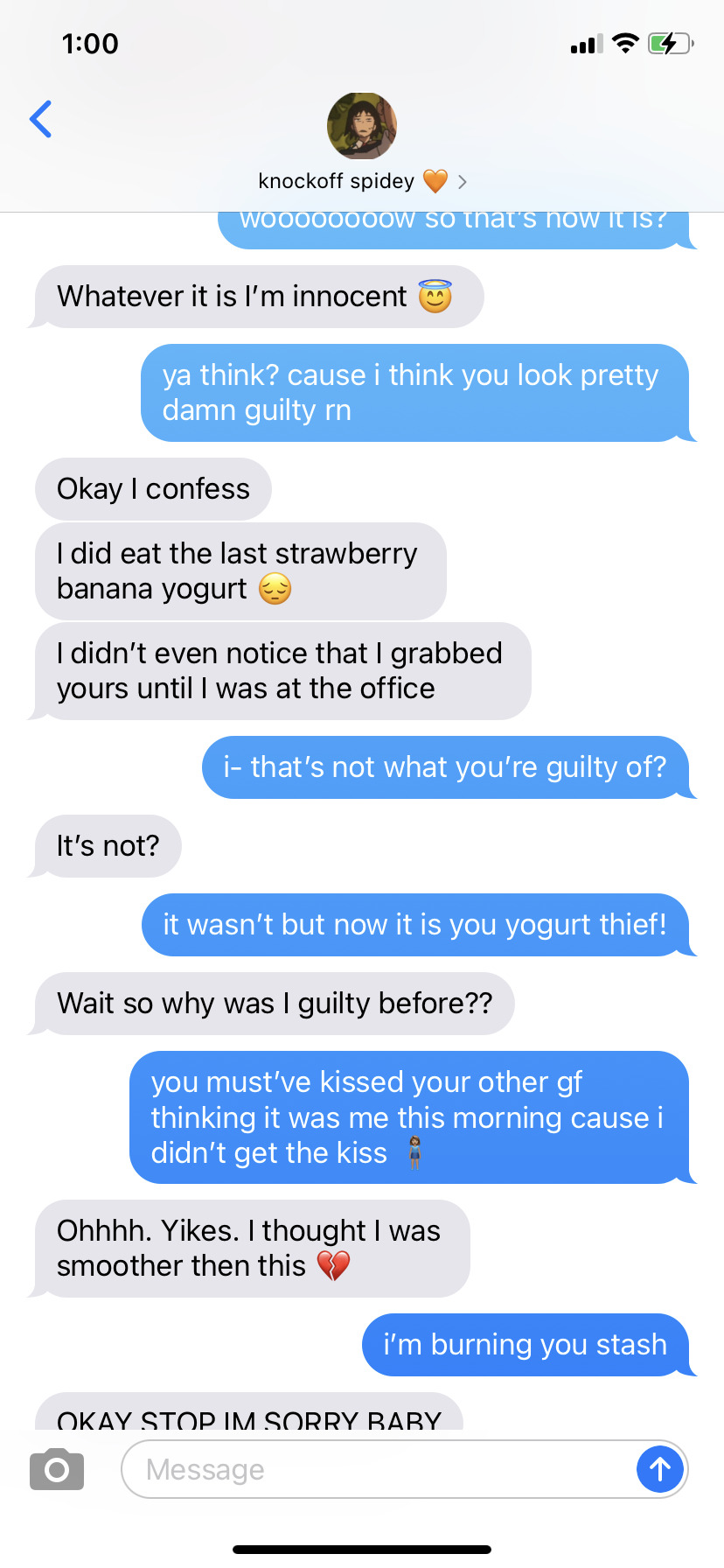
#🖇️𖥻 [ princess ]#mha sero#mha denki#mha kirishima#mha mina#incorrect bnha#mha bakugo katsuki#mha text#mha iida#mha ochako#mha oc#mha#mha izuku#mha smau#mha x y/n#mha todoroki#bnha texts#mha deku#mha texts#bnha smau#mha fake texts#mha bakugou#mha smut#bnha incorrect quotes#mha tenya#bnha
2K notes
·
View notes
Text
Nicky Parlouzer would NOT survive the modern Sonic dating scene
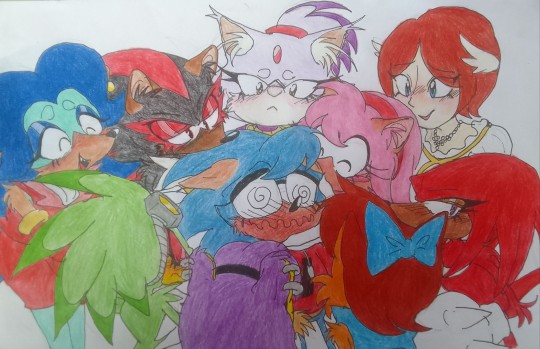
#sth#archie sonic#aosth#shogakukan sonic#sonamy#sonally#sonmina#sonjet#soneezie#sonadow#sonaze#sonelise#sonuckles#nicky parlouzer#sonic the hedgehog#amy rose#rosy the rascal#sally acorn#mina mongoose#jet the hawk#breezie the hedgehog#shadow the hedgehog#blaze the cat#princess elise#knuckles the echidna#traditional art#traditional drawing#whew so many tags!
358 notes
·
View notes
Text

princess minari
11 notes
·
View notes
Text

20230324 Happy Mina Day ! ♥
© PrincessMina | Do not edit.
5 notes
·
View notes
Text
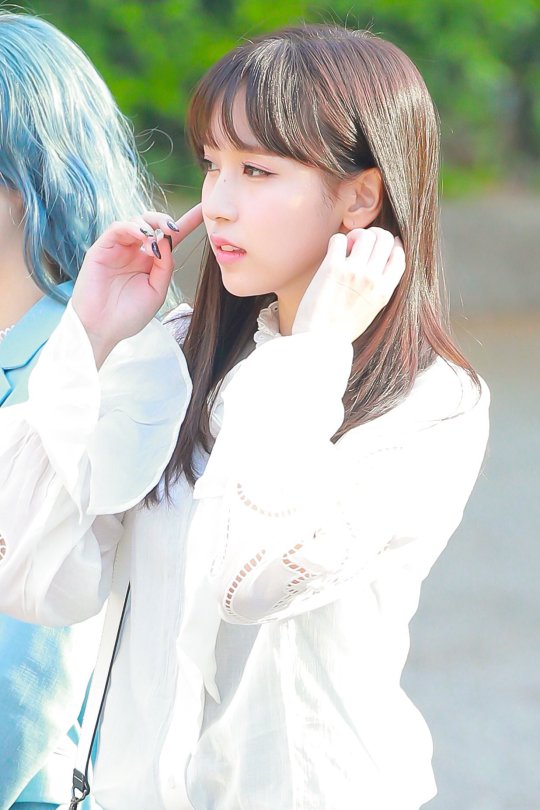
20230324 Happy Mina Day ! ♥
© PrincessMina | Do not edit.
11 notes
·
View notes
Text
Mina catches Mariah's betrayal and turns the tables literally!
#mariah may#マライア・メイ#the glamour#all about mariah#hotgirlgraps#hgg#fighting princess#pro wrestling#wrestling#aew#all elite wrestling#mina shirakawa#shirakawa mina#白川未奈#voluptuous venus#the venus#we want mina#wewantmina#exv#e nexus v#joshi#joshi puroresu#world wonder ring stardom#stardom#スターダム 女子プロレス#rose gold#club venus
95 notes
·
View notes
Text

Snow White & Prince Charming - Ichigo & Rukia

#disney#walt disney#disney movies#disney animation#snow white and the seven dwarfs#gif#disney princess#snow white#white#flowers#prince charming#bleach#manga#art#colors#tw blood#ichigo kurosaki#rukia kuchiki#ichigo x rukia#ichiruki#deathberry#soulmates#aesthetic#by rain for mina
104 notes
·
View notes
Text
XVIII - THE MOON
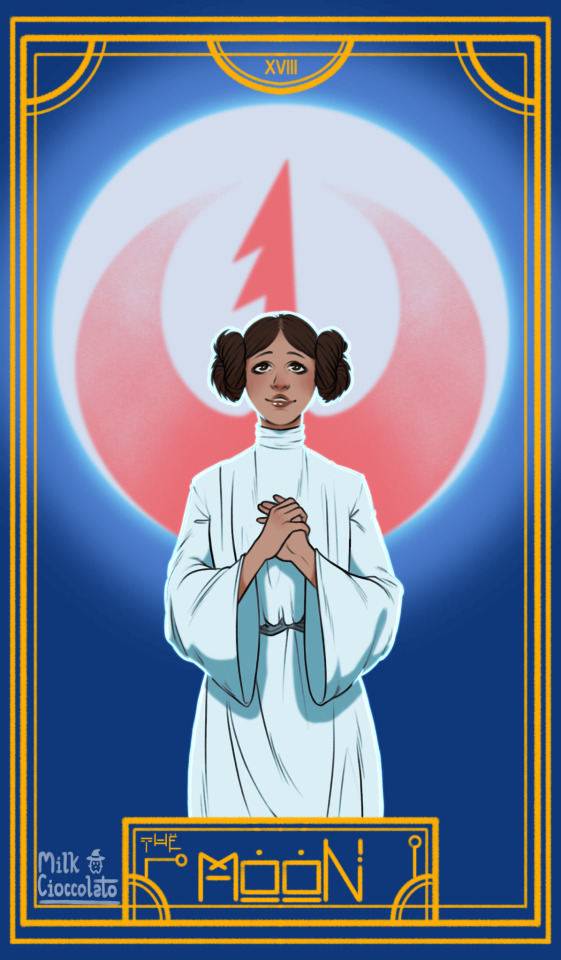
I am finally happy to announce that me and my lovely friend @giotanner are working on a series of drawing based on the tarots major arcana, of course Star Wars themed!
First up is my rendition of the 18th Aracana, The Moon, depicting Leia Organa!
#await for news on Mina’s account#and please go check out her art#because it is SO LOVELY#star wars#milks artsies#leia organa#princess leia#sw original trilogy#tarots#tarot cards#the moon
155 notes
·
View notes